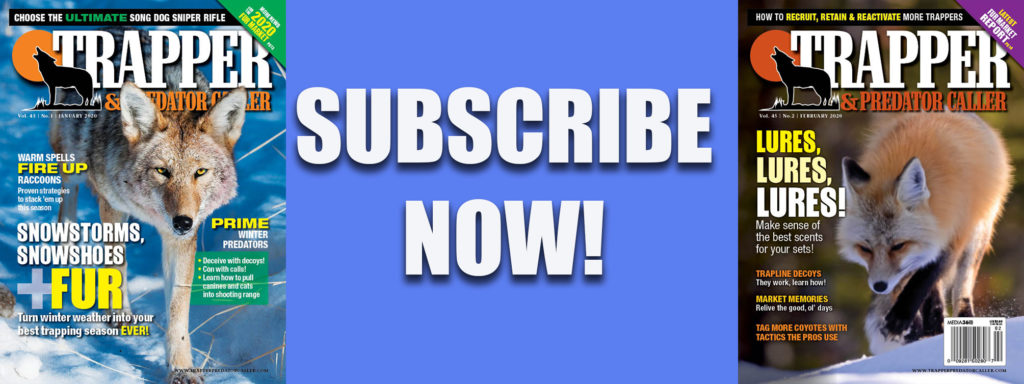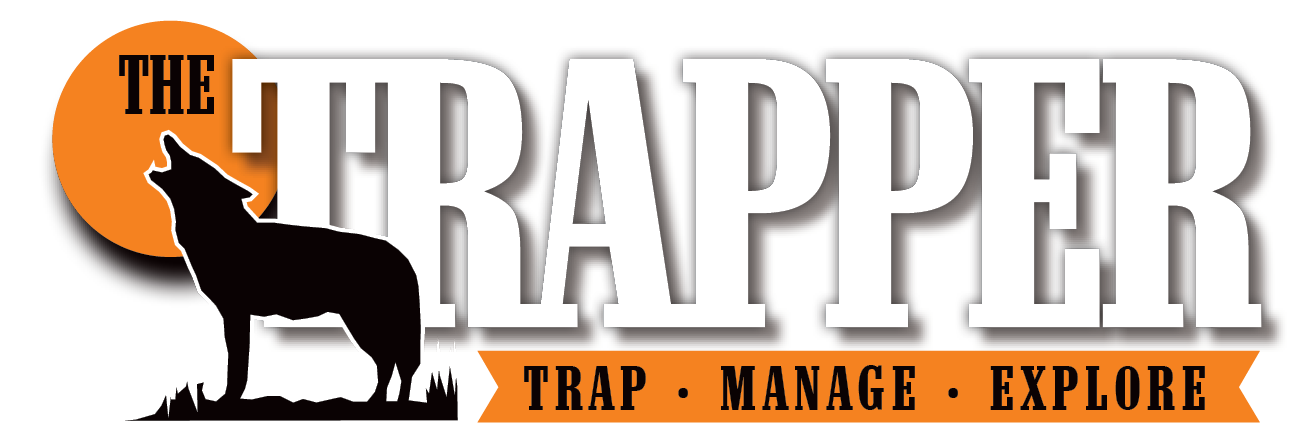We are now into early 2020 and just about to start seeing the big international fur sales start.
By Serge Lariviére
The uncertainty that has loomed over the trade still remains, as the whole game has changed since the announcement that North American Fur Auctions, NAFA, has announced that it would not be collecting and selling wild fur for this season due to financial difficulties.
Consequently, and immediately after the announcement, fur buyers from all over got busy to try and capture some of the market shares. As trappers were busy harvesting fur, many buyers were busy setting up new routes and calling big trappers that were known to be historically loyal to NAFA. Fur Harvesters Auction Inc., the only remaining auction house for wild fur, also strengthened its position, adding more staff, hiring more graders, more collectors, and basically getting ready for what could be their biggest wild fur sale ever. The signs all indicate that its own collection of wild fur will be record high, which is always good for the trade.

Trapper & Predator Caller fur market expert Serge Lariviére.
Indeed, the more goods under the same roof, the more attractive the sale is for international buyers. No one flies overseas, pays for a plane ticket, hotels rooms and meals just to buy a half-dozen skins. Buyers that fly from overseas usually have huge orders from big manufacturers, and they carry enough purchasing power to swallow big bundles of fur from many different species. Being commission-based, these buyers must buy lots of fur just to pay their expenses, so huge offerings are always good.
Huge offerings also ensure that buyers will be able to access some skins, even in the face of competition. Trappers may forget this, but if only 5,000 coyotes were offered, many buyers will expect that competition will be so fierce that they will not be able to get what they need, and thus it is not worth it to travel to try and get them. But, if there are 40,000 or 50,000, then odds are much better that they will be able to satisfy their buying needs. Quantity attracts buyers — always — so to have just one auction house remaining can only be good for us — all of the wild fur will now be under one roof. This sale is likely going to be one of the most interesting sales to watch in a long time, and who knows how it will turn out. Fur Harvesters Auctions is mostly a wild fur auction, so without any large volumes of ranch mink, some of the “mostly mink” buyers may not attend.
But, this last point may be overcome as rumors exist at this time of Fur Harvesters Auction holding their sale in Toronto within NAFA’s facilities. NAFA still has a lot of unsold fur to clear, including a ton of ranch mink. Combining the two could be the best deal possible for trappers, as Toronto is easier to travel to than North Bay, more attractive to buyers, and better able to accommodate large crowds. There is potential for a huge home run in the trade if this happens, but I saw no confirmation of it happening yet as of February 6, 2020. I am sure that everyone is trying to figure out how to maximize the benefits of this big opportunity. The most optimistic trappers will say that this may mark the beginning of a long recovery process for prices, and maybe this sale will mark the start of an upswing?
As I write this, my optimism is tampered by the travel limitations imposed by the coronavirus situation. The threat of this virus has led to travel restrictions, and although the next sale is still more than one month away (March 28 to 31, 2020; www.furharvesters.com), travel arrangement are often booked well in advance, and many buyers at this point may be unable to commit.
Without a strong Chinese presence at the sale, many of the large-volume, low-quality goods may have difficulty moving, and for ranch mink prices, this could be even worse, if that is possible. Indeed, during the Lunar New Year, which marks China’s largest holiday, many cities were already battling the threat of the virus, telling people to stay home, closing schools by extending the holiday period, and overall asking people not to move around unless they had to. All of this can only be bad for us. Less movement means less shopping, which means fewer sales, which means lower interest and lower prices.
The uncertainty influences the trade since uncertainty kills luxury. If more coronavirus cases are discovered worldwide, each country will fear cases on their turf, and no Chinese buyer wants to end up stuck in quarantine somewhere in a foreign country.
Overall in the market, things are basically expected to remain the same as last year on most goods. Coyotes will be high, so will good bobcats, but water species will struggle, as will foxes and raccoons. If things work out at Fur Harvesters Auction, prices may climb a little. If coronavirus gets worse, prices could decline even more. We are thus all riveted to the news, hoping for the uncertainty to go away quickly so that we can move on and start the long overdue process of price recovery for wild fur in general.

